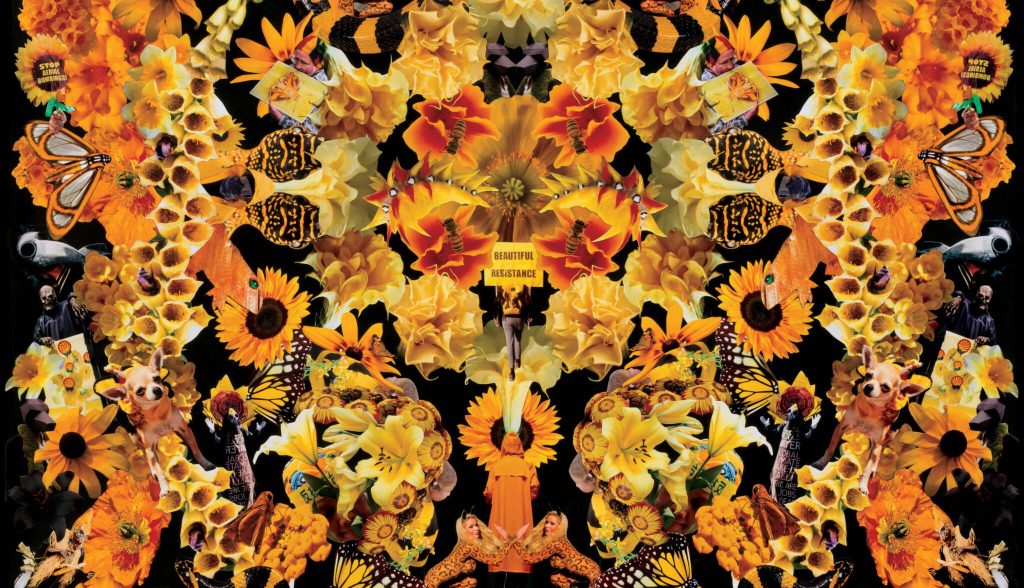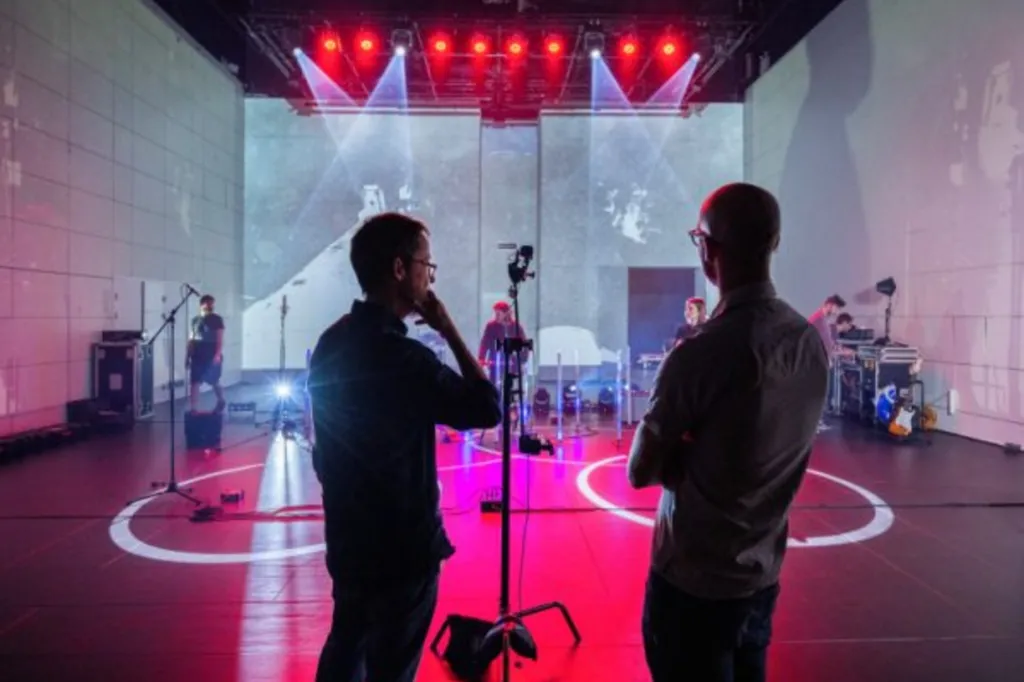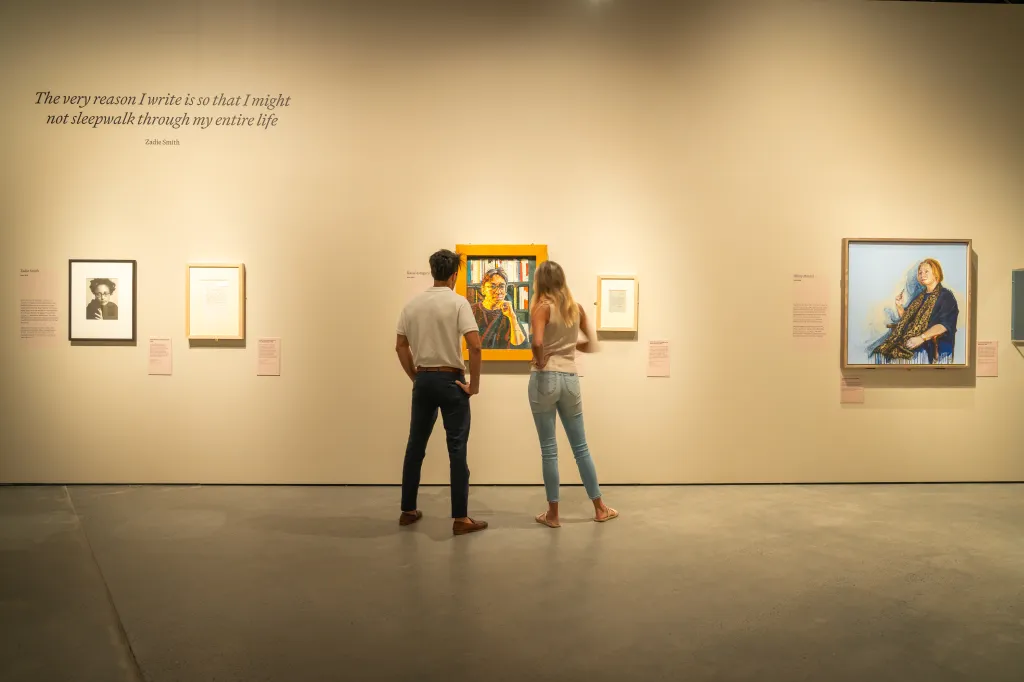Triple threat: First Nations stars on show in Mackay
Mackay punches above its weight, culturally speaking, thanks to a diverse community and history that new exhibitions at Artspace Mackay amply celebrate

Mackay might be best known for sugarcane and mining but it has long punched above its weight also as a cultural powerhouse.
Put that down, in part, to Mackay’s diverse population. Its first inhabitants and custodians were the Yuibera peoples and since colonisation South Sea Islanders, Italians, Maltese and Filipinos have also created communities in this North Queensland city.
This cultural strength is visible in the quality of the city’s public art and the programming of Artspace Mackay since 2003. Three First Nations women – Jemima Wyman, Mandy Quadrio and Kate Harding – are now showing work that sheds light on the power of this place and its heritage.
“These three artists use materials as a central focus in their storytelling and so this connection, most easily viewed through the weaving and textiles elements, links them in a beautifully subtle way,” says Lauren Turton, acting director of Artspace Mackay.
Jemima Wyman grew up in Mackay and her exhibition Crisis Patterns brings her practice home to a place where she spent her childhood and adolescence. Her Indigenous heritage is Palawa (Tasmania) and this mid-career survey sees her exploring lived memories of Mackay and what she describes as a “psychedelic regionalism”.
You might like
Living and working between Los Angeles and Brisbane since her undergraduate studies at QUT, Wyman has become best known for her highly patterned compilations of found imagery. Often these are realised as wall works that become plumes of smoke that are constructed from images of protest from all over the world. Their depth of imagery is read initially as a shape of burgeoning colour before the detail in its pattern takes you inside concepts that canvas liberty, freedom and propaganda.
From her extensive image archive Wyman has created a number of works for this Artspace Mackay-commissioned exhibition. Called Forewarnings, these mages, collected from news media, often feature textiles, spliced together and overpainted with pattern, to convey a narrative of sorts about the humanity within conflicts and the “weaponisation of the decorative”.
They are visually lively and, in their psychedelic aesthetic, recall the decoupaged kitchen that her mother, “a visionary and a hippie”, constructed during Wyman’s Mackay childhood. Their long titles detail the sources of each image like a mnemonic recitation of international protests and flashpoints.
Mandy Quadrio, who Wyman calls Aunty Mandy, is also a Palawa woman and former resident of Mackay. She uses kangaroo tails as material to relate her show, croatee kanne menyenner/tales of 60,000 years, in a celebration of her unbroken maternal line to the Palawa peoples. These sculptural works are respectful of their animal origins, with a tactile quality in their aesthetic, evoking human body parts and using kangaroos as metaphors for identity.
Subscribe for updates
Curator Lauren Turton suggests that “the debut of this work at Artspace is special, given Quadrio’s status as a former resident who knows this place intimately”.
“Her practice is driven by truth-telling about her own family histories and the ongoing scars and legacies that remain, alongside celebration,” adds Turton.
Their sculpted forms relate narratives ranging from geological histories to Tasmania/Lutriwita’s Dreaming stories. And they are sensual, with shapes mirroring both the vulva and the phallus, with their sewn qualities anchoring Quadrio’s heritage while also acknowledging the significant violations, particularly impacting Indigenous women, since colonisation.
Materiality is also central to Kate Harding’s lovingly crafted quilts in Bidjara, as is environmental awareness linked to her matrilineal Country within Carnarvon Gorge. These powerful works relate stories of Country, and Turton notes their “reframing of what is expected from quilt form … into a new, cultural-based, narrative direction”.
A commissioned work for the Mackay Art Collection is titled Gutha Gubba’ (Ghungalu for hive/honey) and draws attention to the global decline of bee populations and the fragility of local ecosystems. A flowering tree is embroidered near the centre top of this unframed quilt, while rivers of lines flow across it. Tiny embroidered words in language mark its ochre-dyed base, with hexagonal shapes echoing the structure of the hive.
Together, these exhibitions convey important stories that underpin both environmental and personal ecosystems. The crafted, feminine aesthetic expressed in each of these bodies of work is seductive and their narratives invite us in.
Jemima Wyman: Crisis Patterns; croatee kanne menyenner/tales of 60,000 years and Kate Harding: Bidjara are on show at Artspace Mackay until December 15.
artspacemackay.com.au

